🏝️ The Haunting Tale of Hashima Island: From a Bustling Hub to an Abandoned Ghost Town
Nestled in the East China Sea just nine miles from the heart of Nagasaki, Japan, lies a small island with a story as compelling as it is tragic — Hashima Island, also known as Gunkanjima or “Battleship Island.” Its silhouette, resembling a massive warship encased in concrete walls, stands frozen in time, a ghostly remnant of an era long past. Today, Hashima is a deserted island, but only fifty years ago, it was one of the most densely inhabited places on Earth, bustling with life, industry, and hope.
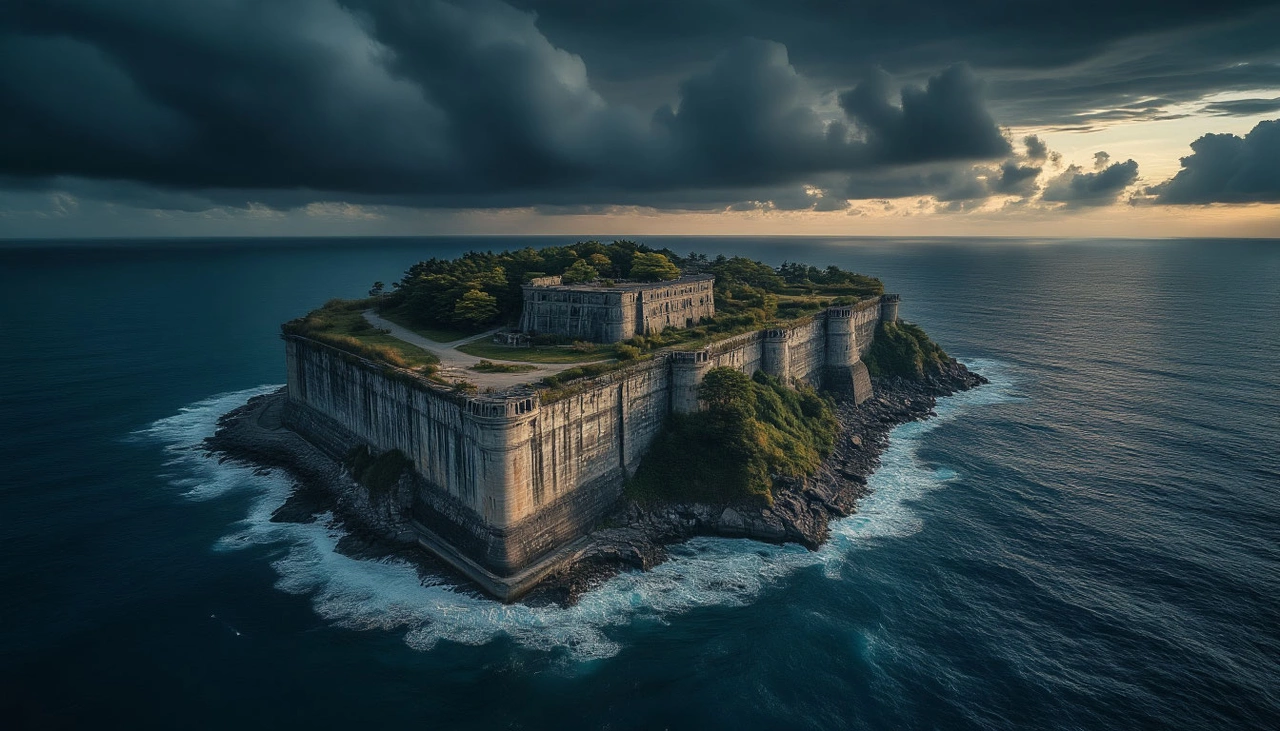
⛏️ The Discovery That Changed Everything
Hashima’s story begins in 1810 when local fishermen stumbled upon rich coal deposits beneath its surface. Before that, the tiny island, spanning just 6.3 hectares (about 15.5 acres), was completely uninhabited and overlooked. This discovery would transform Hashima forever.
By 1887, the Fukahori clan had sunk the first coal mine shaft, and three years later, in 1890, the Mitsubishi Corporation purchased the island, rapidly industrializing it into a major coal mining center. The 20th century saw extensive construction: around thirty residential buildings, temples, schools, hospitals, over twenty shops, restaurants, and even swimming pools rose from the rocky island. Beneath the surface, deep coal shafts plunged 600 meters below the sea, fueling Japan's industrial revolution.
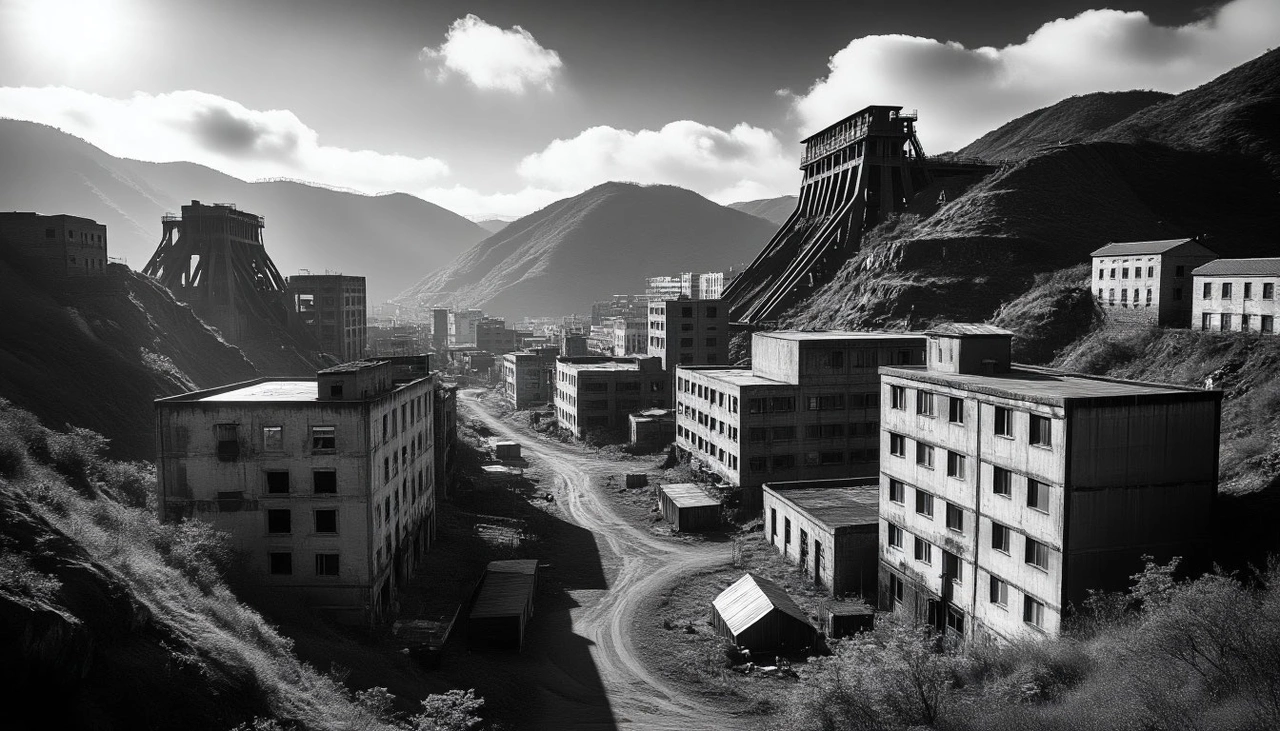
🏙️ The Pinnacle of Urban Density
By 1959, Hashima had reached the peak of its development. It became famous for having the highest population density in the world — an astonishing 139,100 people per square kilometer. Imagine an entire city crammed into less than seven hectares of land, where families lived in close quarters, children attended schools, and workers toiled day and night in the mines. Life on Hashima was intense, vibrant, and close-knit. Residents enjoyed amenities typical of larger cities: movie theaters, clubs, grocery stores, and social spaces where community life thrived. The island was a self-contained world of progress and modern living amid the relentless hustle of coal mining.
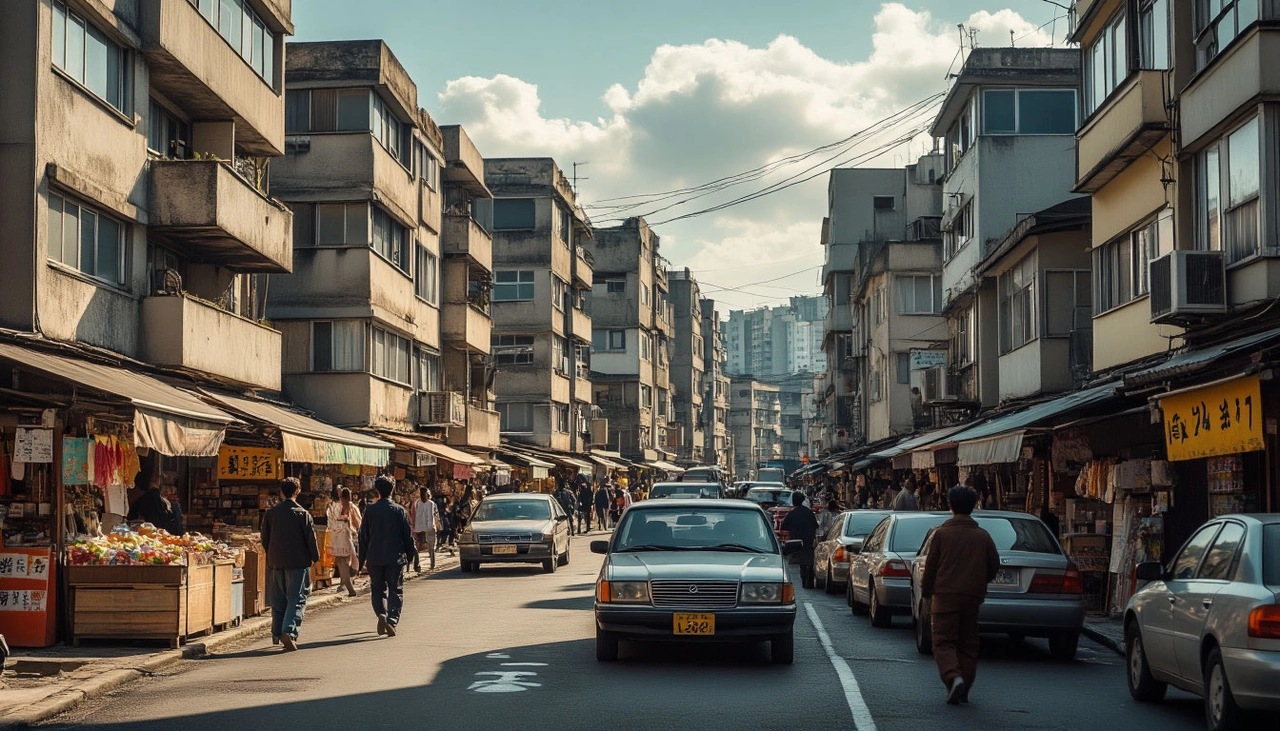
⚠️ The Dark Shadows Behind the Progress
However, beneath this thriving facade lay a grim reality. Between 1943 and 1945, during World War II, Mitsubishi used forced labor, bringing in hundreds of Chinese and Korean prisoners of war to work under brutal conditions. These laborers endured inhumane treatment, starvation, disease, and deadly working environments. Many lost their lives in the deep mines or harsh living quarters.
This tragic chapter remains a painful memory, especially for South Korea, which continues to seek justice and compensation for the survivors. The scars of these events turned Hashima into a symbol not only of Japan's industrial might but also of human suffering and exploitation.
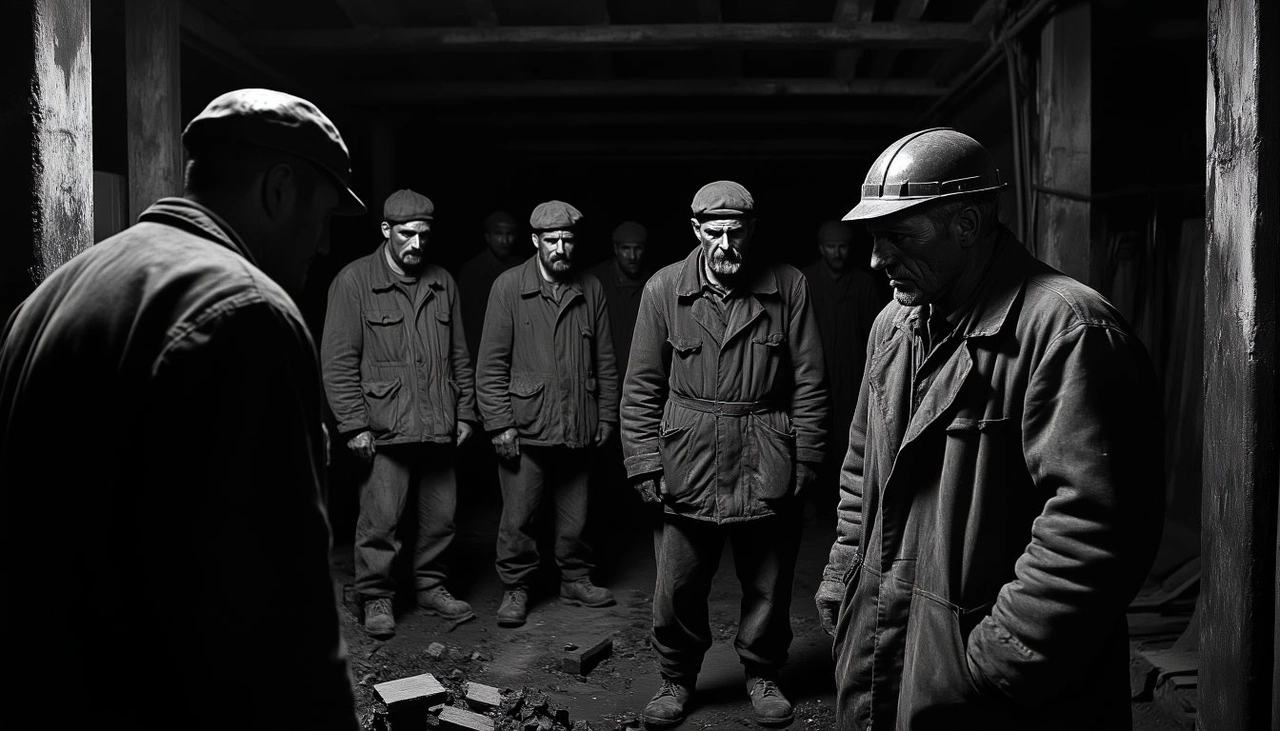
🛢️ Decline and Desertion
By the late 1960s, coal lost its economic importance, overtaken by cheaper petroleum fuels. Mines across Japan began closing, and Hashima was no exception. In early 1974, Mitsubishi announced the shutdown of mining operations. By March, the local school closed, and in April, the last residents departed, leaving behind an eerie ghost town.
Homes, shops, and schools were abandoned, with personal belongings left scattered like memories frozen in time. In just a few weeks, the once-bustling island fell silent, swallowed by decay.
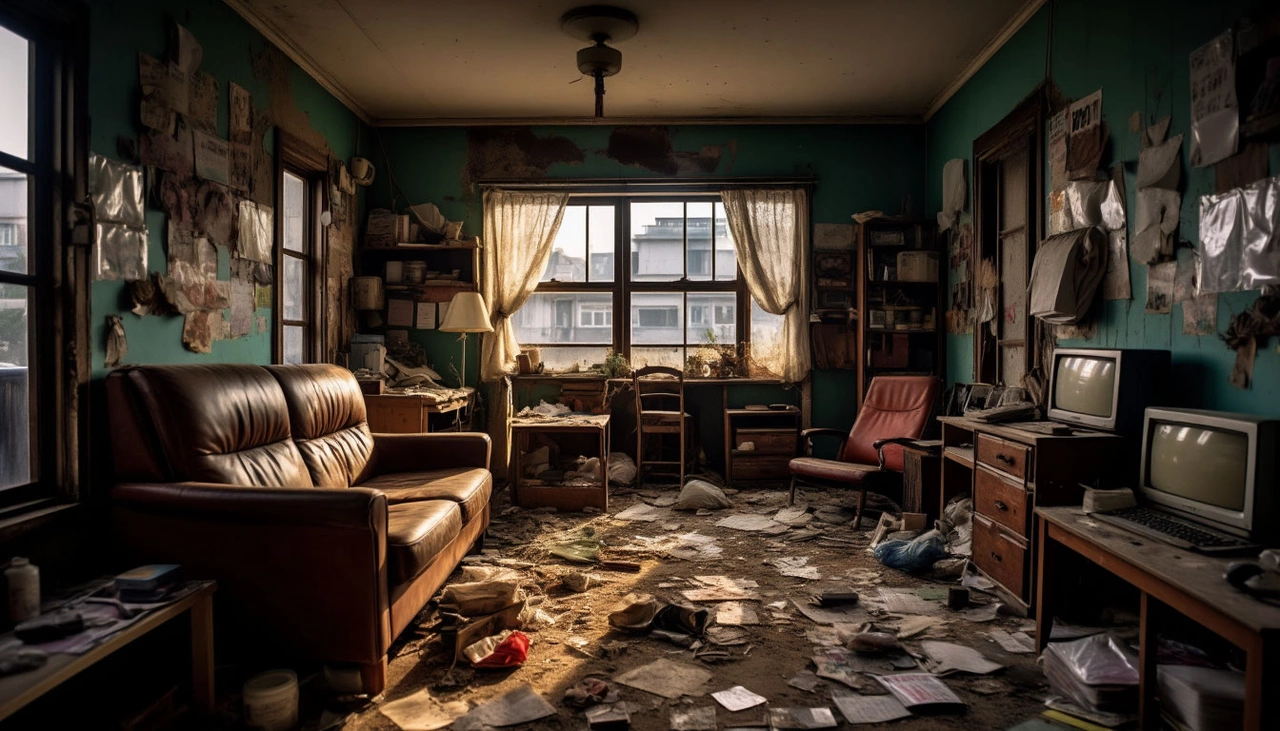
🏚️ Decay and Rediscovery
After the evacuation, Hashima was left to the elements. Concrete buildings, once symbols of progress and modernity, began crumbling under the relentless assault of wind, rain, and sea spray. Japan’s government restricted access to protect the island from vandalism, but nature’s reclaiming was unstoppable.
Only in 2009 were limited tours permitted, opening a small, secure area for visitors. This change marked the beginning of Hashima’s transformation into a historical site, a monument to Japan’s industrial past. In 2015, Hashima was added to the UNESCO World Heritage list, recognizing its significance as a relic of industrial history despite protests from South Korea regarding its painful legacy. Today, boats ferry tourists from Nagasaki daily, eager to witness the haunting ruins and imagine life on this “island of ghosts.”
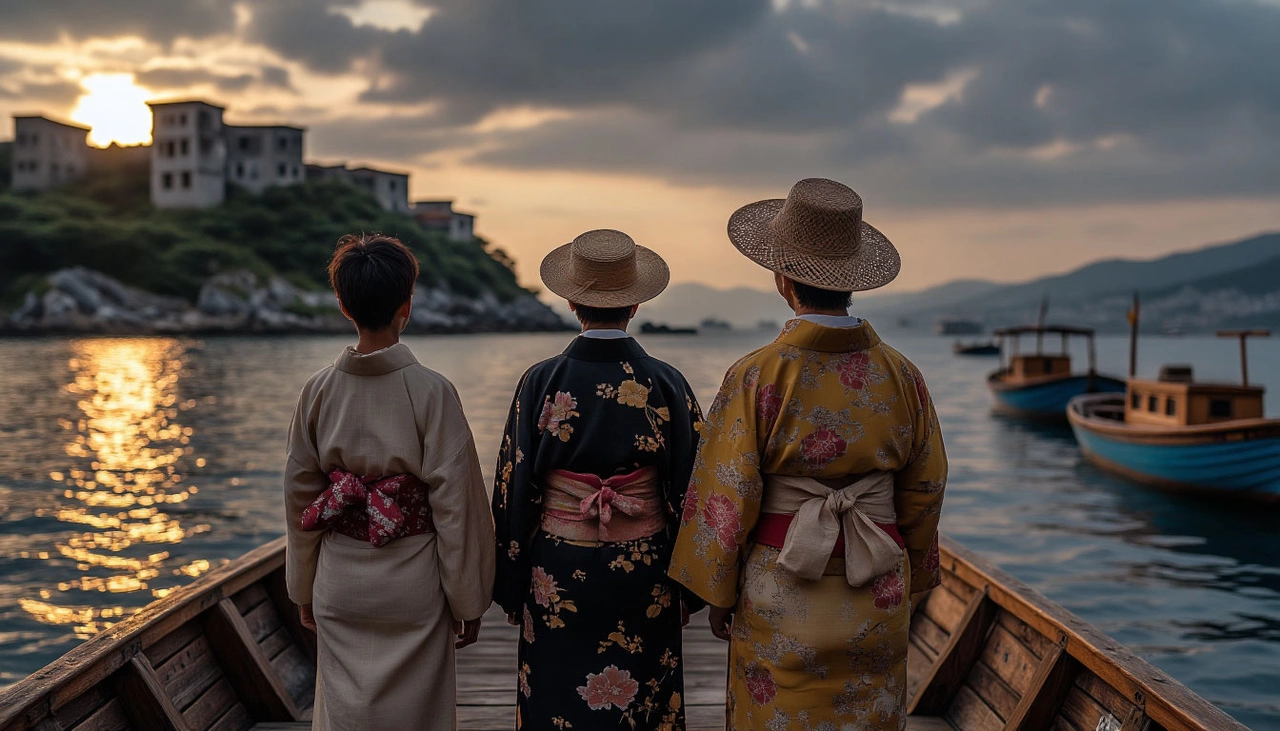
🌿 The Fragility of Human Endeavor
Hashima Island’s story resonates far beyond its concrete ruins. It is a stark reminder of how human ambition can rise to incredible heights — and how quickly nature can reclaim what we abandon. The island draws photographers, historians, and urban explorers fascinated by its eerie beauty and powerful story.
In 2013, Google captured panoramic images of Hashima, making it accessible to anyone worldwide via virtual tours. This digital resurrection preserves the island’s haunting spirit, allowing future generations to reflect on both the triumphs and tragedies of industrial progress.
Final Thoughts
Hashima is more than a ghost town. It is a symbol of human resilience, industrial innovation, and the harsh realities of history. Its desolation speaks volumes about the costs of progress and the importance of remembering every chapter — even the painful ones. As we explore its ruins, we are reminded that every place has a story, and some stories demand to be heard.
Close